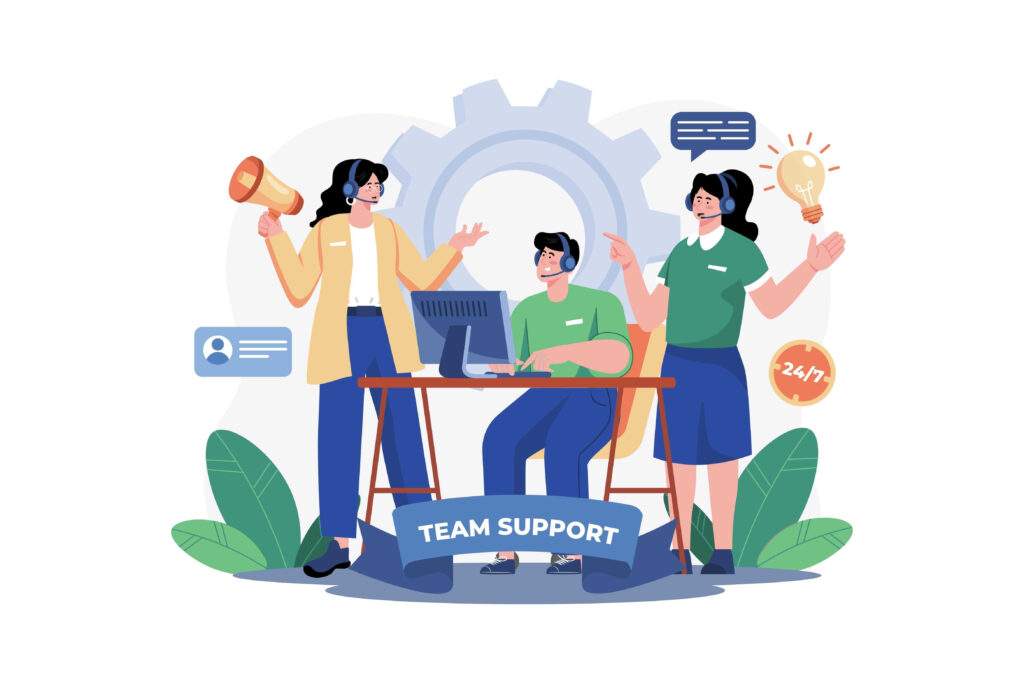Technology—namely business management technology—has a unique impact on every small business. Drilling down one layer deeper, technology has a unique impact on every employee and customer. Drilling down yet another layer, technology has a unique impact on every single action (and non-action) taken by every employee and customer.
Technology plays a vital role in shaping and defining the way a small business operates, at levels big and small.
Just as technology has a unique impact on every small business, every business is also unique in where it stands in terms of its respective technology life cycle. At some level, every business is at a different stage of digital transformation.
A study conducted by Deloitte found that nearly 80% of small businesses are not taking full advantage of the digital business management tools at their disposal.
Some businesses make the most out of using the bare minimum level of technology (i.e. Microsoft Office, Google Drive, basic shared calendars, etc.) while others have adopted various ERP, CRM, and marketing technologies. Chances are, you find yourself somewhere in between. Even if you’ve only begun to scratch the surface in researching integrated business technologies (kind of like what you’re doing right now) you’re well on your way to the top of the small business technological adoption curve.
Before you arrive at the moment of “Yes, that’s the technology I want and need. Let’s put it to work,” there are a few things to consider. It starts with taking a step backward and performing some holistic analysis of your business as it is, and your business as you want it to be in the future.
Assess The Status Quo
Before you can start assessing the future of your business and the way that technology will have an impact on that future, you need to take account of your business as it stands currently.
Not just the technology used in your operations, but the logistical processes, financial decisions, employee roles and responsibilities, and anything else that has a meaningful impact.

Take note of every detail. Not just your inventory and related physical components of your business, but the intangible ways you go about your day, the ways your employees go about theirs, and everything in between. Analyze what’s being done on a daily basis, and what isn’t.
You’ll most likely find that the insights you uncover will range from good to bad and everything in between. Let’s go over how you should handle each:
For any positive findings about your business’ status quo that you uncover, you want to leave those mostly untouched. However, it’s still important to keep in mind the ways that technology could improve upon them. Just because these findings are positive in the current moment doesn’t ensure that they will stay that way forever as your business grows.
For any negative findings, it’s important to launch a full-scale revamp. Why and how are these findings hindering the overall health of your business? Is it a human, logistical, or technological problem? Is it a combination of these factors? This is where it becomes critically important to take a step back and figure out exactly what can be done at every level big and small.
Aside from sitting down with everything involved in the aspect of your business that you’ve found to be a hindrance, one additional decision you could make would be to contact a professional business technology consultant. They will be able to provide you with an objective perspective of your business while at the same time providing you with expertise in terms of how technology can help alleviate the problems at hand.
Create Goals
The changes you make within your small business—technological or otherwise—are only as good as the reasons why you’re making those changes. Change for the sake of change doesn’t cut it. Meaningful changes that serve a bigger purpose with an easily quantifiable end result will prove to be changes worth making.

That being said, what are the goals that indicate success for your business? If and when you achieve them, what are some other goals you will outline each and every day in order to maintain that success? At what point will you be devising new goals to accomplish?
Obviously, generating a higher revenue is the end objective for every small business. The goals involved in getting to that final destination are what will vary. Selling more products, hiring additional/specialized staff, and acquiring better leads are some of the typical means to this end.
A major component of goal setting isn’t just about defining the objective you wish to achieve—it’s about setting smaller, more granular goals on how those overarching goals will be accomplished.
For example, if your large, overarching goal is to acquire more customers, your granular goals should look something like this:
- Develop valuable, gated content on your site that contains relevant search intent
- Use project management tools to define your budget and medium(s) for marketing the aforementioned content
- Utilize automation technology to send automated emails and drip campaigns to prospect information collected from the gated content
- Ensure that a system is in place where all sales staff have access to up-to-the-minute information on leads
- Ask for and analyze customer feedback on sales staff/process/experience in order to figure out what’s working and what can be improved upon
- Be able to quickly view daily, monthly, quarterly, and yearly sales figures at a glance
Not every list of goals that your business puts forth will look like this. Some may include many more steps, some fewer. However, using this framework of focusing on the process minutiae in order to accomplish the larger objective, you’ll be able to hone the best technologies and processes to accomplish your goals.
Data Flow Between Systems and People
Even the most basic small businesses have several departments. Executive-level management, accounting, field employees, mid-level management—the list goes on.
Every department needs to communicate and collaborate with one another. Interdepartmental communication has always had its challenges, but given the drastic increase in some employees working from home while others are not, these challenges have been exacerbated.

The flow of time-sensitive information not only depends on the people involved, it now further depends on the technology used to effect that communication. Think about your own business. If tasked with retrieving information from another department, how long would you anticipate it to take to receive that information? Minutes? Hours? Complete uncertainty?
If the answer is anything above “just a few minutes” your department may find itself working in an information silo. Odds are, if one department finds itself here, they all do.
Data silos aren’t some malevolent concoction drawn up by a disgruntled executive looking to inflict stress on his employees. They are simply a natural result of business process development. People primarily work and share information and collaborate with people in their immediate cluster of co-workers. While it’s not anyone’s fault that data silos exist within your organization, it doesn’t mean that they don’t cause problems.
Areas Negatively Impacted By Data Silos
Productivity
Even in the most segmented businesses with the most specialized, sequestered employees that don’t share many commonalities among the tasks they perform (think accountants vs crane operators) there will be data that must be shared across departments.
The longer it takes to find information, the longer it will take to complete tasks. Simple as that. Over time, this will cause backlogs, delays, and other inefficiencies that will have a negative trickle-down effect across your entire business.
Data Accuracy and Analysis
When you were younger (or as an adult, we don’t judge) have you ever played the game “whisper down the lane?” Sometimes, the game is also called “telephone.”
If you’re unfamiliar, the objective is for the first person in line to privately repeat a phrase to the next person in line, with every person in line privately repeating it to the next person, eventually making its way to the final person in line. Nearly every single time, the phrase is slowly—yet unintentionally—manipulated and altered so much so that it barely resembles the original phrase uttered by the first person in line who conceived it.
When small businesses don’t have a single, centralized, data storage and communication hub that contains a single, accurate version of the truth, this same phenomenon occurs. Disconnected email chains, handwritten notes, and duplicate files are just some of the many ways that data can be misinterpreted as it passes from one person to another.
Culture

Beyond the technological component, communication between departments is also largely dependent on the interpersonal relationships developed between employees.
Working from home, this has become a challenge, but a far from impossible one to meet.
Regardless of geographical circumstances, members of departments often cling to their data out of fear that it will be altered by someone lacking appropriate skills or context. While taking ownership and pride in work is important, it’s just as important to have trust in members of other departments when handling data.
When projects, documents, or other relevant information needs to be handed off to a different department, it’s important for employees to recognize that that data is safeguarded and that a proper history of edits and alterations can be recorded. A little healthy competition and chest-puffing between departments isn’t always a bad thing, but it’s important that constructive collaboration is always the top priority.
Wrapping Up
Digital transformation sounds complicated because, well, sometimes it is. Taking a step back to take a holistic look at everything going on within your business will certainly shed some light on things you were unaware of before. That’s a good thing—albeit sometimes painful if not all of those things you find are “good things.”
Technology impacts everything. From the little things people do when they clock in each day to the year-over-year goals and strategies you put forth, technology can be a catalyst to make sure your business is operating as efficiently as possible.
The great thing about integrated business management software technology at the core of your business is that it has a cyclical, reverberating effect—it allows your business to run more efficiently which streamlines your workflow, therefore creating more productivity among your employees, which allows your business to run more efficiently, which streamlines your workflow…you get the idea.

